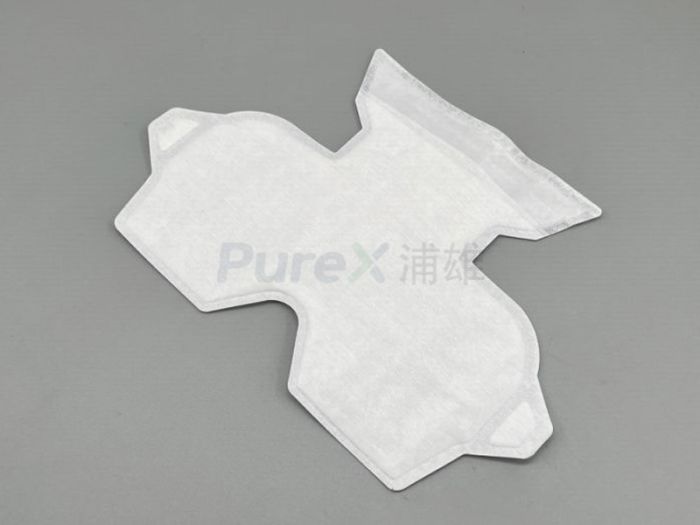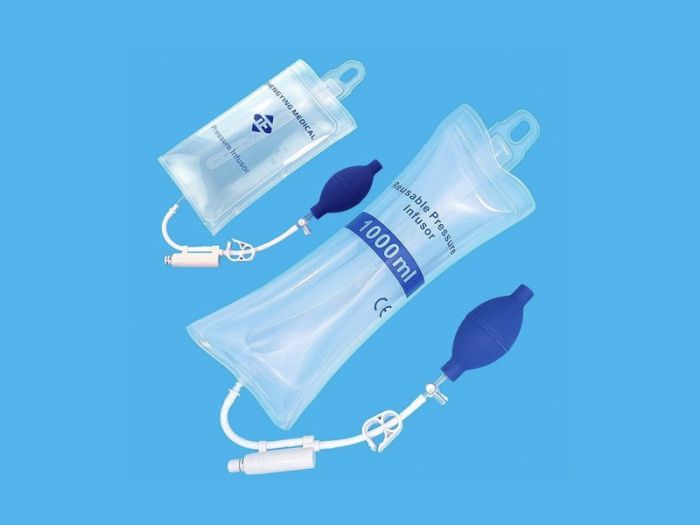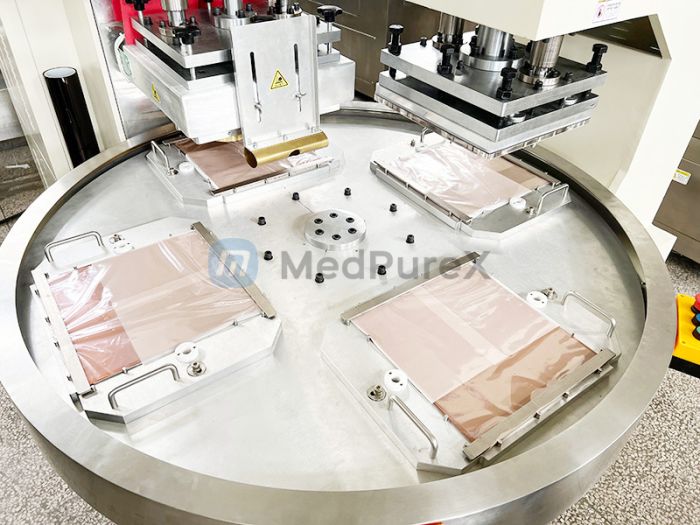The application scheme of high-frequency heat sealing machine in the field of biological liquid bags
1. Equipment selection and configuration
Power and frequency adaptation
For common materials for biological liquid bags such as PVC and TPU, it is recommended to select equipment with a power of 5-8kW and a frequency of 27.12MHz or 40.68MHz to ensure heating efficiency and material compatibility.
It needs to pass the electromagnetic compatibility test, comply with the FCC or CE standards for medical equipment, and reduce radiation interference.
Automation and multi-station design
Adopt a fully automatic production line, integrate conveyor belts, upper mold lifting cylinders, lower mold lifting cylinders and other mechanisms to achieve efficient transportation and heat sealing of semi-finished bag products.
Support multi-station synchronous operation, for example, the four-station design can handle four liquid bags at the same time to increase production capacity.
Mold and tooling customization
The mold needs to adapt to the shape of the liquid bag (such as three-side sealing, four-side sealing), and reserve a pipe hole to install the inlet and outlet pipes.
The tooling design needs to support rapid mold change to meet the production needs of liquid bags of different specifications.
2. Production process
Bag conveying and positioning
The conveyor belt conveys the semi-finished bag to the heat-sealing station, the baffle cylinder controls the high-frequency baffle to disconnect from the upper mold body, and the main cylinder controls the upper mold body to press down and contact the bag body.
Vacuum adsorption and pipe penetration
The vacuum pumps of the upper suction mechanism and the lower suction mechanism are started, and the upper and lower layers of the semi-finished bag are sucked respectively. The main cylinder controls the upper mold body to rise a short distance to separate the upper and lower layers, which is convenient for adding inlet and outlet pipes.
Heat sealing and separation
The upper suction mechanism and the lower suction mechanism are closed, the main cylinder controls the upper mold body to press down, and the baffle cylinder controls the high-frequency baffle to contact the upper mold body, and the two ends of the semi-finished bag are heat-sealed.
After the heat sealing is completed, the separation cylinder controls the separation of the processed bag from the lower mold body and enters the next process.
3. Quality control and safety assurance
Heat sealing quality monitoring
The integrated visual inspection system monitors the welding quality in real time and automatically removes defective products.
Observe the operation of the machine through the status indicator to ensure the stability of the heat sealing process.
Sterility and environmental protection requirements
The equipment must have high-frequency protection function to ensure safe operation.
Use non-contact heating to reduce overheating or degradation of the material surface and avoid microbial contamination.
Maintenance and care
Clean the electrode regularly to ensure smooth surface, precise shape and uniform heat sealing.
Check the grounding terminal of the equipment to ensure electrical safety.



